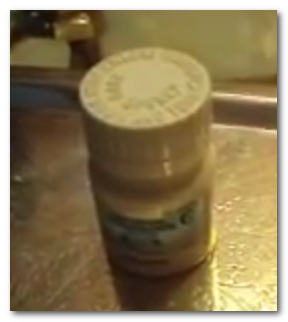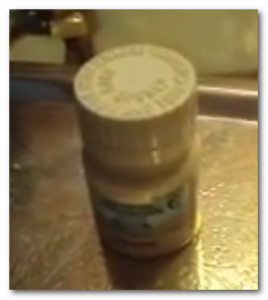Oxycodone is a narcotic medication and is also known as opioid pain medication. It is used in treating mild to severe pain. People with asthma, breathing disorders, Sinusitis and gastrointestinal problems should avoid the consumption of oxycodone. It also reduces the pace of breathing and it should never be taken in large amounts or without a medical prescription.
Oxycodone can be taken in a liquid form, a concentrated solution, in the form of a tablet or even as a capsule orally. The doses can be taken with food and without food in an interval of 4 to 6 hours. It can also be taken after every 12 hours depending upon how severe the pain is. The ideal way to consume oxycodone is to have it with plenty of water. You can also take it by diluting it with juice, semi-solid food or any other liquid that you can consume easily.
How long does oxycodone stay in your system?
As oxycodone is a synthetic drug there are specific types of tests meant for oxycodone that are also called extended opioids tests. These tests help to identify the oxycodone concentrations 4 to 5 days post the administration and depending upon the specific sample that is being tested.
Oxycodone duration in the blood
Oxycodone in blood can be detected up to a day or two after the administration. Its major concentration is measured in the blood to examine its concentration and usage and also in order to have the surety of a possible diagnosis in case of poisoning. The same can also be used in matters of death investigation by overdose of oxycodone.
Oxycodone in urine
The metabolites of oxycodone get mainly excreted through the urine or sweat among patients of renal impairment. Oxycodone accumulates easily when sampled. In the urine it will mostly show positive even after 3 to 4 days of the administration.
Oxycodone in the saliva
One of the most commonly used sample is the Saliva sample for a quick drug test check. Each sample is capable of giving information about oxycodone usage between 2 to 5 days once the administration has begun.
Oxycodone and its problems
Addiction is one of the main problems related to oxycodone. Even though it is one of the most effective pain killers and is being used legitimately, it is at the same time highly risky. If abused, oxycodones can give almost the same effect as drugs like Heroin and also is classified as an opiate.
Side effects of oxycodone
- breathlessness and reduction of heartbeat
- convulsions or seizures
- nausea and drowsiness
- feeling light headed
- headache and dizziness
- stomach disorders such as pain, diarrhea, constipation and reduced appetite
- dryness in the mouth
What to avoid?
While you are on oxycodone it is highly suggested not to consume alcohol as it could prove fatal. When combined with oxycodone it can also affect your thinking process as well as your reactions. Dizziness and drowsiness are very common effects of oxycodone. Juices such as the grapefruit juice also interfere with oxycodone and causes unwanted problems.
How long do withdrawal symptoms of oxycodone last?
The duration of symptoms varies from person to person and the withdrawal time from oxycodone could be different for everybody. Some people can get rid of its excessive consumption without going through any dramatic withdrawal symptoms and have a quick and better recovery. On the other hand for some people the withdrawal symptoms can last for a few months and can also be a cumbersome task disturbing their normal life
The drug with the Half-Life of 48 to 100 hours gets cleared from the system in approximately 8 to 10 hours but that does not mean that the withdrawal symptoms have ended. It only means that the drug is gradually being cleared from the body. On an average it can take almost 2 to 3 weeks for most of the critical symptoms to go away. A lot of people notice that major physical symptoms stay for almost a week after the last dose has been consumed. Unlike the physical symptoms, the psychological symptoms can stay for a longer time when a person’s body has been under the effect of opiates drugs like oxycodone for a long time. It definitely takes longer for them to come back to normal functioning therefore enough rest, more hours of sleep, a better diet and some exercise will enhance the healing time and process. A lot of people panic while withdrawing from the uses of oxycodone but it is very important to understand that although the process is uncomfortable, a person usually recovers in time and it is therefore better to stay positive about it. You can also seek some kind of therapy or guidance if you are having a lot of problems but usually it is not required.

